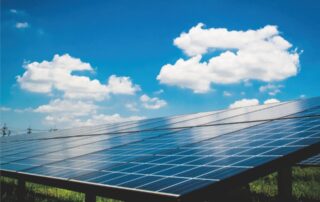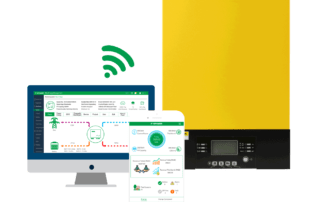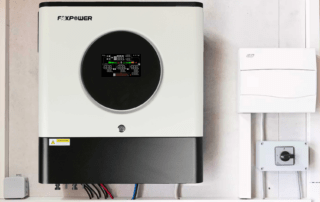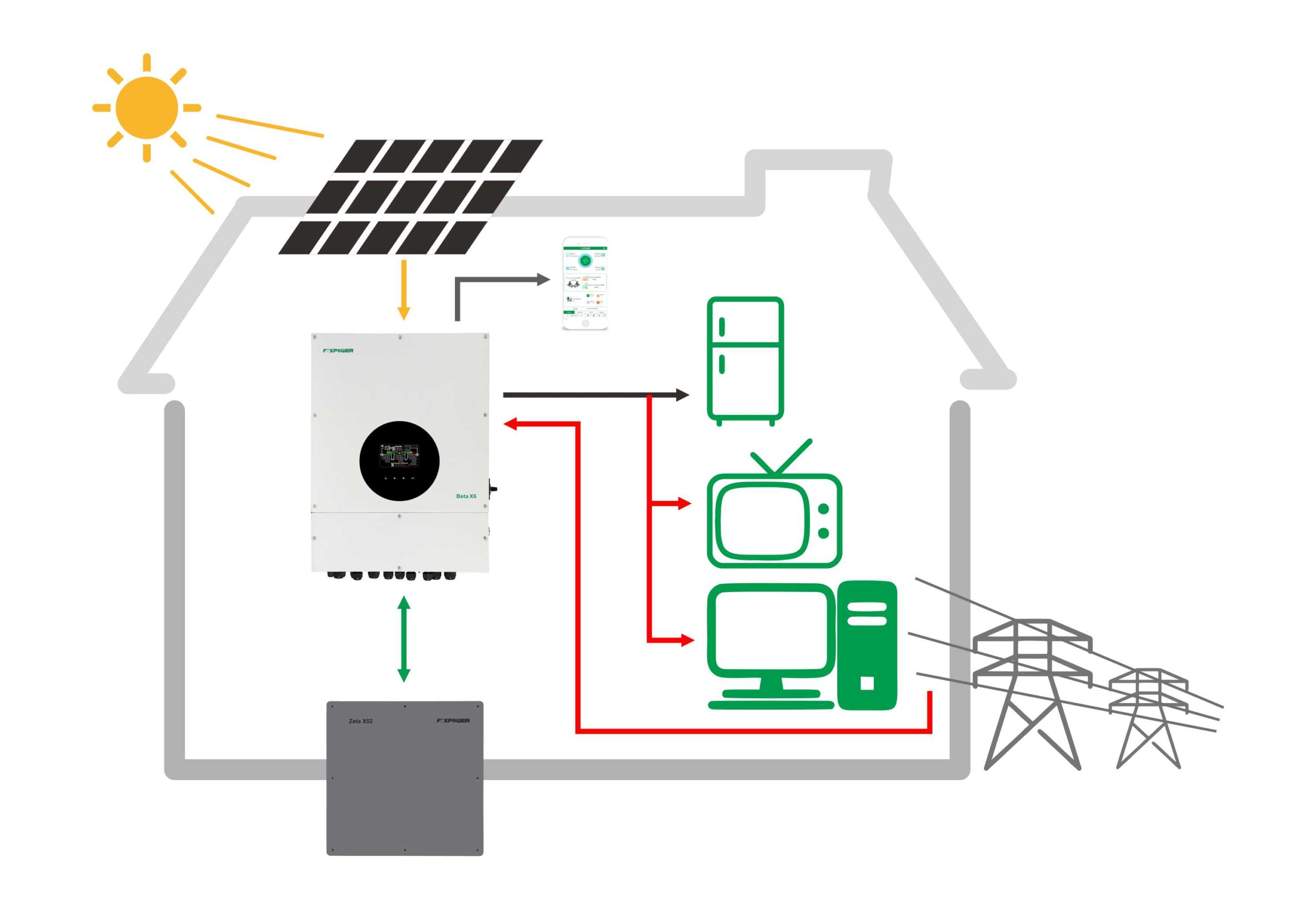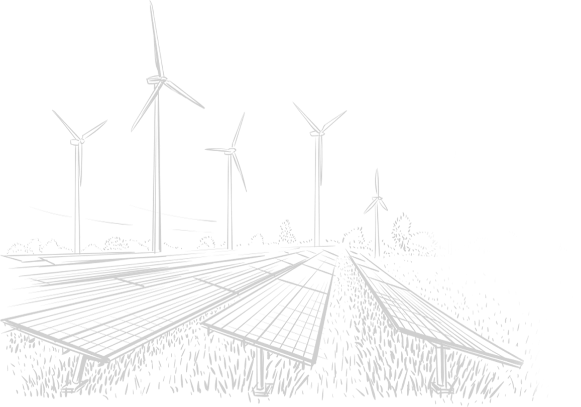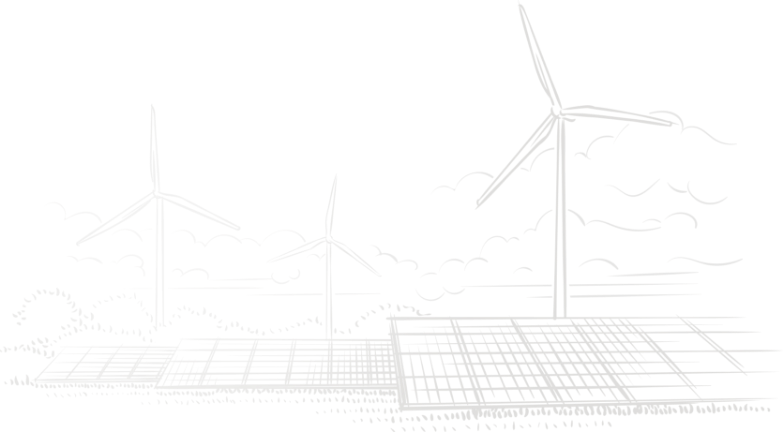The inverter revolution: a key innovation in solar power generation
The rapid growth in global demand for renewable energy has positioned solar power as one of the most promising solutions. Central to the effective utilization of solar energy is the inverter, a crucial component that converts direct current (DC) generated by solar panels into usable alternating current (AC). The advancements in inverter technology have been pivotal in enhancing system efficiency, stability, and reliability. Understanding the Basics of Inverters Inverters perform the essential task of converting DC electricity from solar panels into AC electricity, which can be used by household appliances or fed into the power grid. This conversion process involves several key steps: 1.DC Input: Solar panels convert sunlight into DC electricity, which is transmitted to the inverter. 2.Power Conversion: Inside the inverter, power electronic components such as Insulated Gate Bipolar Transistors (IGBTs) or Metal-Oxide-Semiconductor Field-Effect Transistors (MOSFETs) switch the direction of the DC current rapidly to create an AC waveform. 3.Filtering and Regulation: The generated AC electricity passes through filters to [...]

